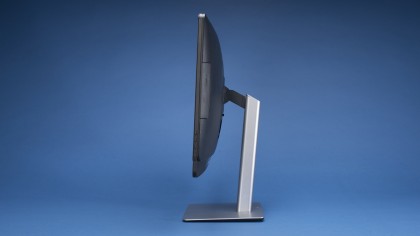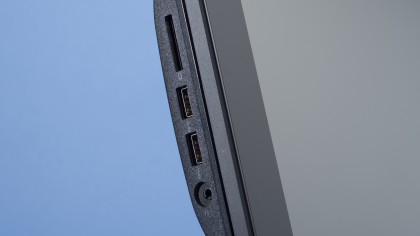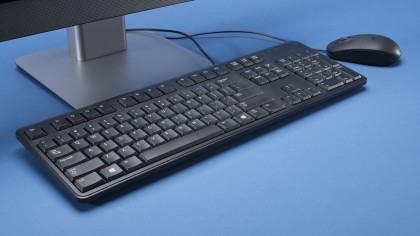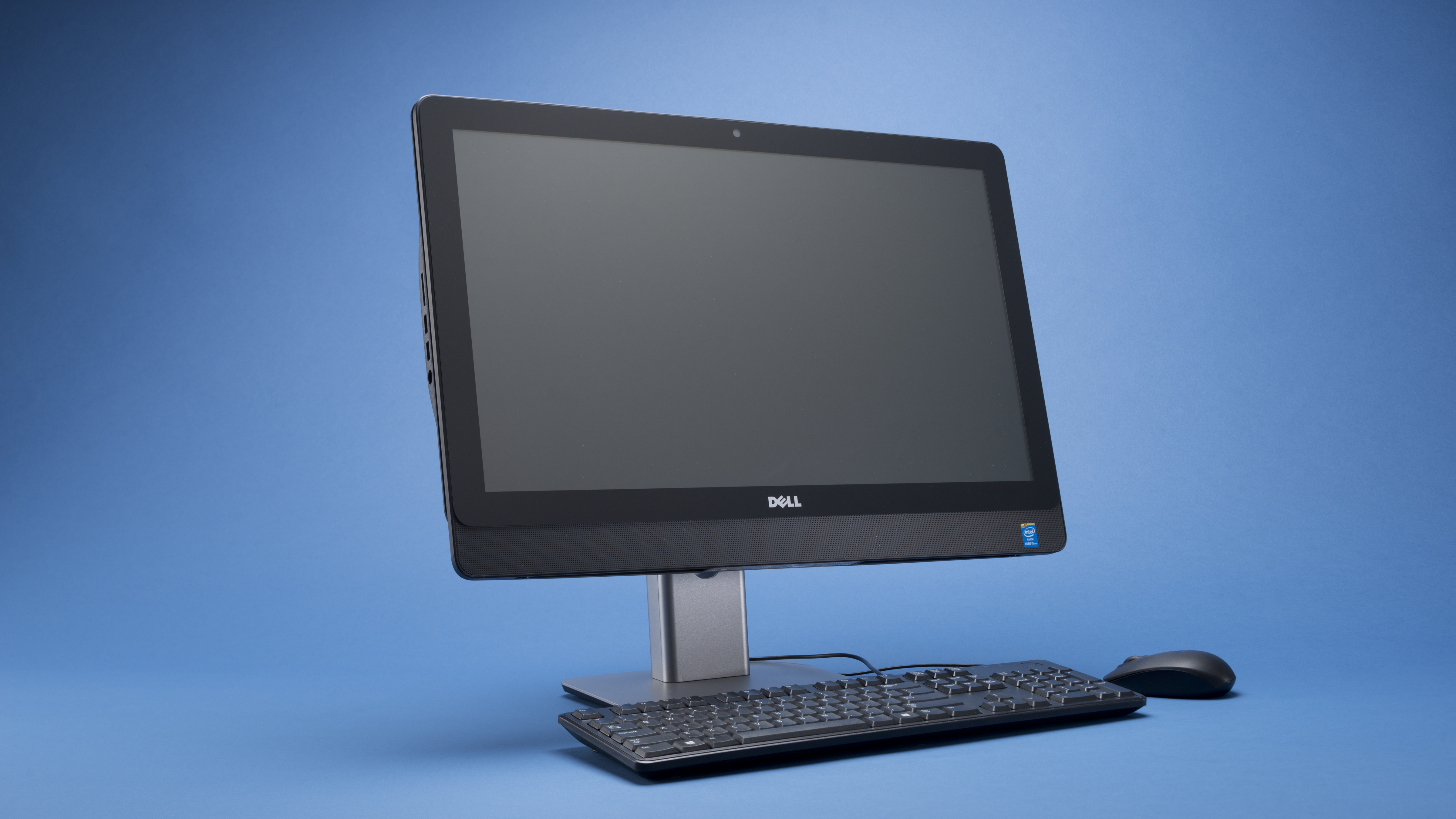TechRadar Verdict
The OptiPlex 9030 is simply tough to recommend for the majority of businesses. As a less-than-powerful system with a bit of panache, this all-in-one PC is one machine best left on the shelf.
Pros
- +
Ultra-sleek design
- +
Air-tight security options
- +
Almost zero bloatware
Cons
- -
Comparatively pricey
- -
Serious CPU issues
- -
Long boot times
- -
Sluggish performance
Why you can trust TechRadar
Desk real estate is a scarce commodity in the office, so why buy a big tower when you can get the same power from an all-in-one? The logic makes sense, but doesn't quite check out with the Dell OptiPlex 9030 all-in-one PC. Equipped with an optional touchscreen, this all-in-one PC fits your space requirements, but unfortunately lacks the power to meet most businesses' needs.
The OptiPlex 9030 leads a double life. It borrows heavily from Dell's '90s-style black box design, but its sleek, rounded corners and all-glass panel feature a modern update. While it might not be able to compete with its more powerful rivals, Dell's latest is a moderately expensive workstation for $1,249 (about £742, AU$1,347) that will at least look great in any office.
Design
I'm not an aesthetic genius. I've only taken a few art courses in college and could count the amount of hours I've spent in a museum on two hands. That said, I think the Dell 9030 is gorgeous.
The 23-inch, all-glass screen is surrounded by a matte, black bezel and supported by an adjustable silver stand that harkens back to an early-aughts design. On an adjustable stand, the device sits at a sizable 20.75 inches tall at its maximum height, 16.75 inches at its shortest, and a mere 22 inches wide.

The unit is slim, too. At its widest point, the screen is two inches thick. Not bad, if you consider that the 9030 sports an 8x Slimline DVD+/-RW Drive. An upgrade to a Blu-ray player or a DVD drive with a higher read/write speed would've been preferred, but it's understandable Dell wanted to cut costs for the average business buyer.
Thankfully, there are some built-in extras that make up for the system's shortcomings. Additional hardware, like a miniature speaker bar and built-in 3-in-1 SD card reader, take up residence on the bottom and left side of the PC, respectively. There's also easy access to two USB 3.0 ports on the left side of the panel and a plethora of ports on the back side – four more USB 3.0, two USB 2.0, Ethernet, HDMI-in, HDMI-out and a DisplayPort.

Traditional business users may expect to see a DVI port here, but should be able to scrape by with an HDMI-out in its stead. The latter is common in all-in-ones, but seeing the aforementioned HDMI-in port was surprising. It works extremely well as a way to connect a second machine, or as a passthrough for something like a Blu-ray player.
Packing peripherals
Question: What does $7 (about £4, AU$7.50) get you these days? Maybe, if you're lucky, lunch at a low-end restaurant or a movie rental on iTunes. Give that money to Dell with the purchase of an OptiPlex 9030 and you'll net yourself a Dell MS111 USB optical mouse and KB212-B QuietKey USB keyboard.

While they're not the most ergonomic input devices in the world, they were reliable workhorses for the duration of the test period. The membrane keys on the KB212-B showed a bit of flex, but ultimately lived up to their low-volume name. The mouse, on the other hand, was a bit small for my medium-sized hands, but it did the trick for most applications.
Nick Pino is Managing Editor, TV and AV for TechRadar's sister site, Tom's Guide. Previously, he was the Senior Editor of Home Entertainment at TechRadar, covering TVs, headphones, speakers, video games, VR and streaming devices. He's also written for GamesRadar+, Official Xbox Magazine, PC Gamer and other outlets over the last decade, and he has a degree in computer science he's not using if anyone wants it.

